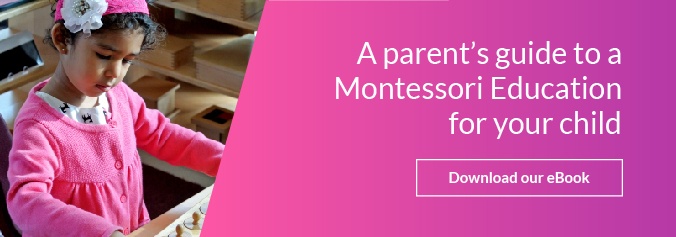The Montessori classroom is a unique environment. When you compare the Montessori classroom to the traditional public classroom, the differences will be apparent. There are no lines of desks where students are expected to sit all day quietly and listen to the teacher lecture. Instead, students in the Montessori classroom are allowed to move around to various learning stations throughout the day. In the Montessori classroom, you will find a design that takes the child's needs into account. Other differences include the size of the classroom, the students' age in the classroom, and the teacher's role. With so many differences between the two types of classrooms, you may be wondering what type of child does best in the Montessori classroom. The answer is that the Montessori classroom can work for any type of child. The small class size, individualized learning plans, and self-guided learning are all elements that make the Montessori design a good fit for most children.
Small class size
The number of students in the Montessori classroom is intentionally kept small. The exact student to teacher ratio will vary depending on the program and age group. When you compare class size in Montessori school to that of public programs, you will find that there is a stark difference. A small class size can help a variety of students thrive. With fewer students, the teacher has the opportunity to interact consistently with each student. If there are problems, struggles, questions, or specific needs, the teacher can recognize those as long as the number of students is kept low. A child who is advanced and a child who struggles in some areas can both do well in a classroom that allows for meaningful student-teacher interaction.
Individualized learning plans
In Montessori programs, the teacher develops an individualized learning plan for each student. The small class size that was mentioned above allows the teacher to learn about the interests, learning style, and needs of each student. The teacher takes all of that information and creates a learning plan for the individual student. This design makes it possible for all types of students to thrive in the Montessori classroom. Since learning is individualized, there is no concern about what to do for a student who is ahead or one who is falling behind. The answer is always to adjust that child's learning plan to meet his or her changing needs.
Self-guided learning
Children in the Montessori classroom are given responsibility for their own learning. Students are expected to work independently and in groups. In addition, students often get to choose what they want to work on from a number of options presented by the teacher. This self-guided style of learning can help students build confidence by being given choices and help them develop a sense of personal responsibility for their learning. Every type of child can benefit from developing these traits.
The Montessori classroom is designed to accommodate a wide range of students. The founder of the Montessori Method developed her philosophy of education through her work with children who did not succeed in the traditional classroom. Her work with difficult to teach students led her to develop a philosophy of education that can be used for all types of children. 











Let Us Know What You Think About This Post
Put your Comment Below: